“You can talk to anyone who doesn’t watch television about what you know. But you can’t talk to television watchers. You’re just arguing with the television and the television can’t hear you.”
This statement reflects a perspective on how media consumption, particularly television, can influence people’s beliefs and perceptions, and how it might affect communication between individuals with differing media habits. Here’s an exploration of its meaning and implications:
Interpretation and Meaning
- Influence of Television:
- Media Influence: Television can significantly shape opinions and worldviews, often presenting information in a way that reinforces certain narratives or biases.
- Echo Chambers: Regular television viewers might be more susceptible to echo chambers, where they are primarily exposed to information that aligns with their existing beliefs.
- Communication Barriers:
- Differing Realities: Individuals who consume different types of media or avoid television altogether may have vastly different perceptions of reality, making meaningful conversation difficult.
- Argument with Media: Trying to discuss or argue points with someone whose views are heavily influenced by television can feel like arguing with the medium itself, as their responses might reflect media-driven narratives rather than independent thought.
Implications for Communication
- Understanding Perspectives:
- Empathy and Patience: Recognizing that media consumption shapes perceptions, it’s important to approach conversations with empathy and patience, understanding where the other person is coming from.
- Common Ground: Finding common ground outside of media narratives can help bridge the communication gap and foster more productive discussions.
- Critical Thinking and Media Literacy:
- Encouraging Media Literacy: Promoting critical thinking and media literacy can help individuals analyze and question the information they receive from television and other media sources.
- Independent Information: Encouraging the consumption of diverse and independent sources of information can help broaden perspectives and reduce the influence of any single media narrative.
- Constructive Dialogue:
- Avoiding Confrontation: Instead of confrontational debates, focusing on constructive dialogue and asking open-ended questions can encourage more reflective thinking.
- Sharing Information: Sharing credible sources and engaging in fact-based discussions can help counteract misinformation and encourage critical analysis.
Broader Social Implications
- Media Consumption Patterns:
- Impact on Society: Media consumption patterns can have a profound impact on societal beliefs, behaviors, and political polarization.
- Social Division: Differing media habits can contribute to social division, as people may become entrenched in their views and less open to alternative perspectives.
- Role of Media:
- Responsible Journalism: Media organizations have a responsibility to provide balanced and accurate reporting, helping viewers form well-rounded opinions.
- Public Education: Public education initiatives on media literacy can empower individuals to navigate the media landscape more effectively.
- Community and Dialogue:
- Building Community: Efforts to build community and foster dialogue across different media consumption habits can help bridge divides and promote understanding.
- Civic Engagement: Encouraging informed and engaged civic participation can help counteract the polarizing effects of media and promote a healthier democratic process.
The statement highlights the challenges of communicating across different media consumption habits, particularly when television plays a dominant role in shaping perceptions. Understanding the influence of media, promoting critical thinking and media literacy, and focusing on constructive dialogue can help overcome these challenges and foster more meaningful and productive conversations. By bridging the communication gap and encouraging diverse perspectives, individuals can better navigate the complexities of modern media landscapes and work towards greater understanding and cohesion in society.

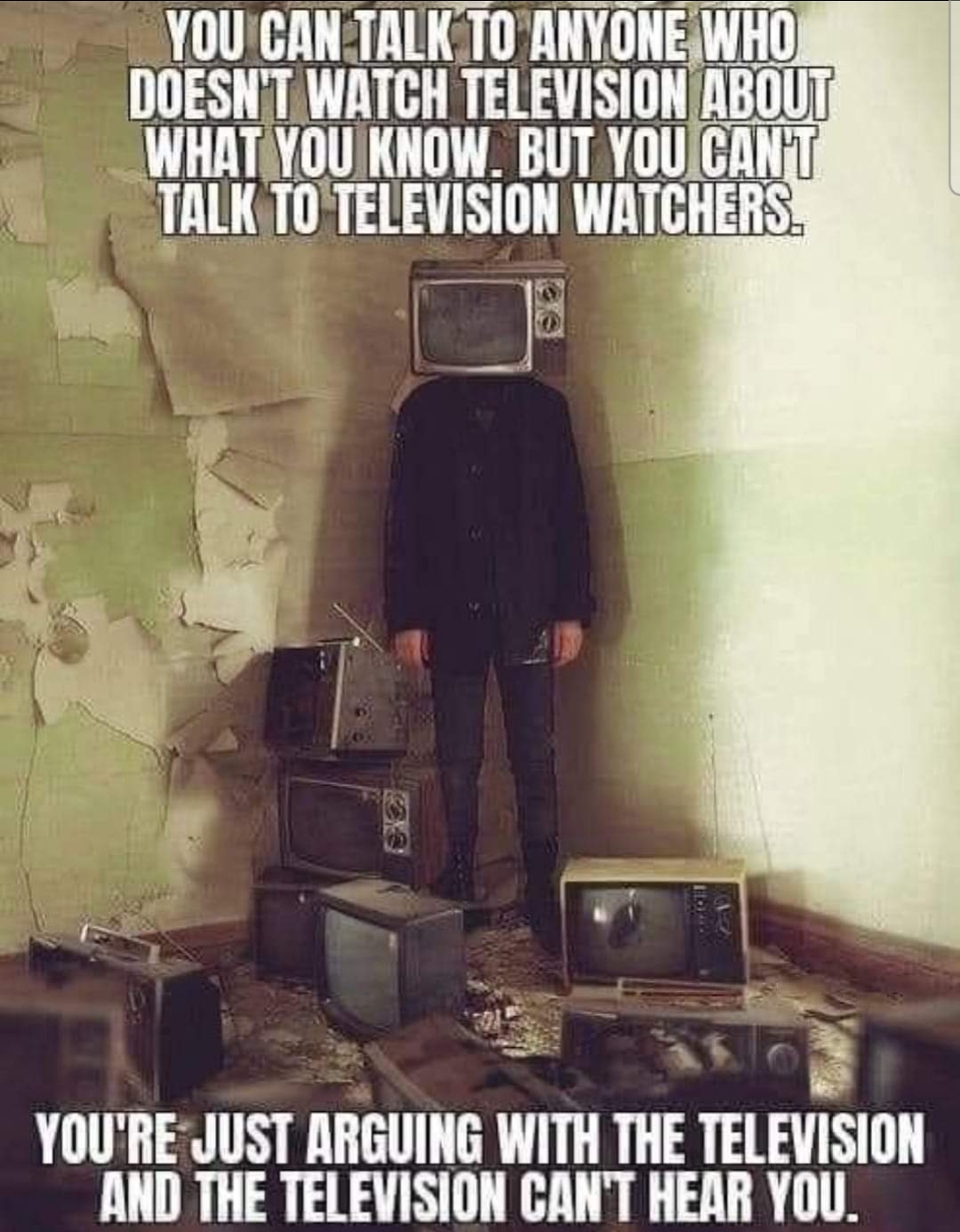
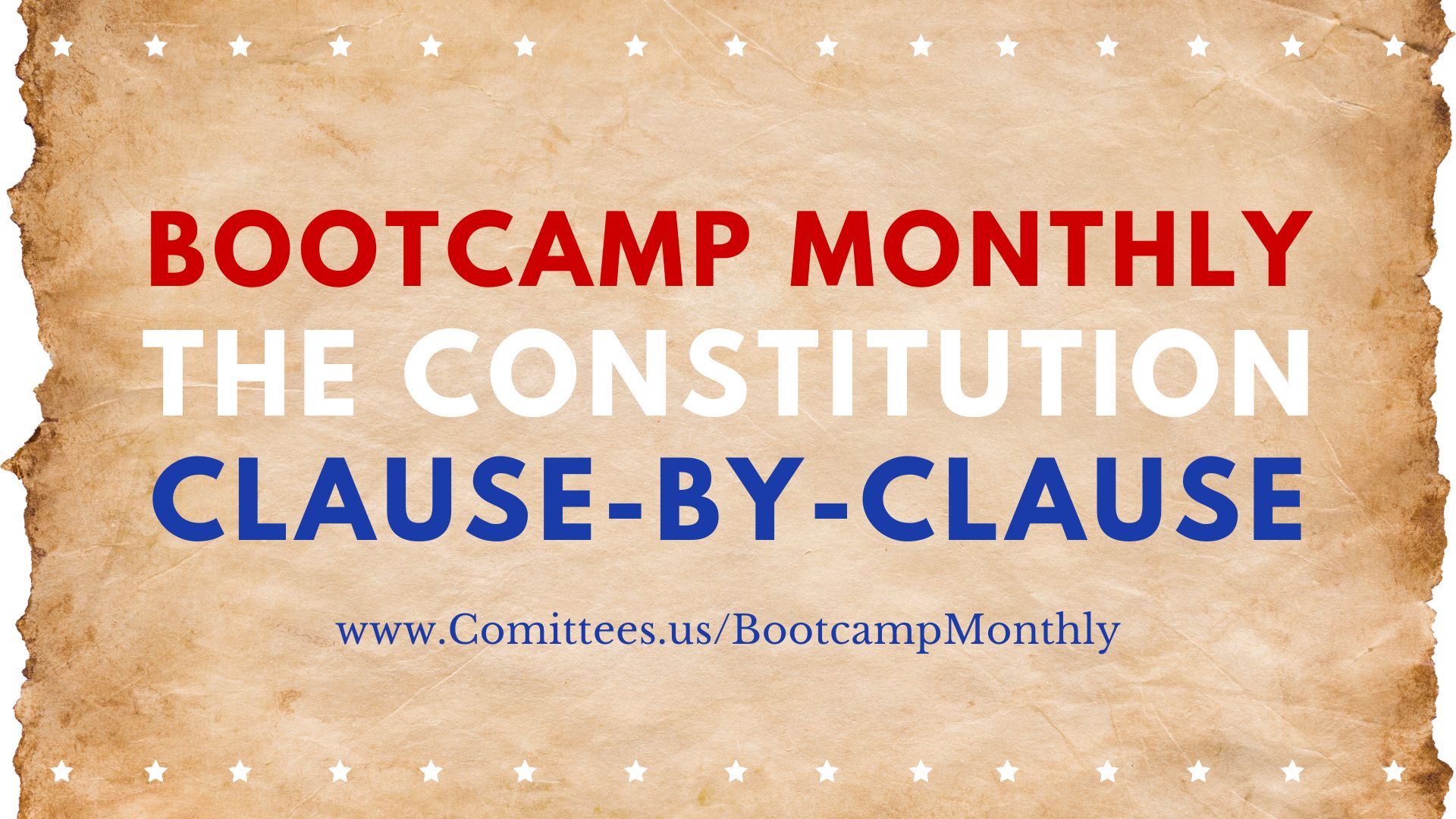
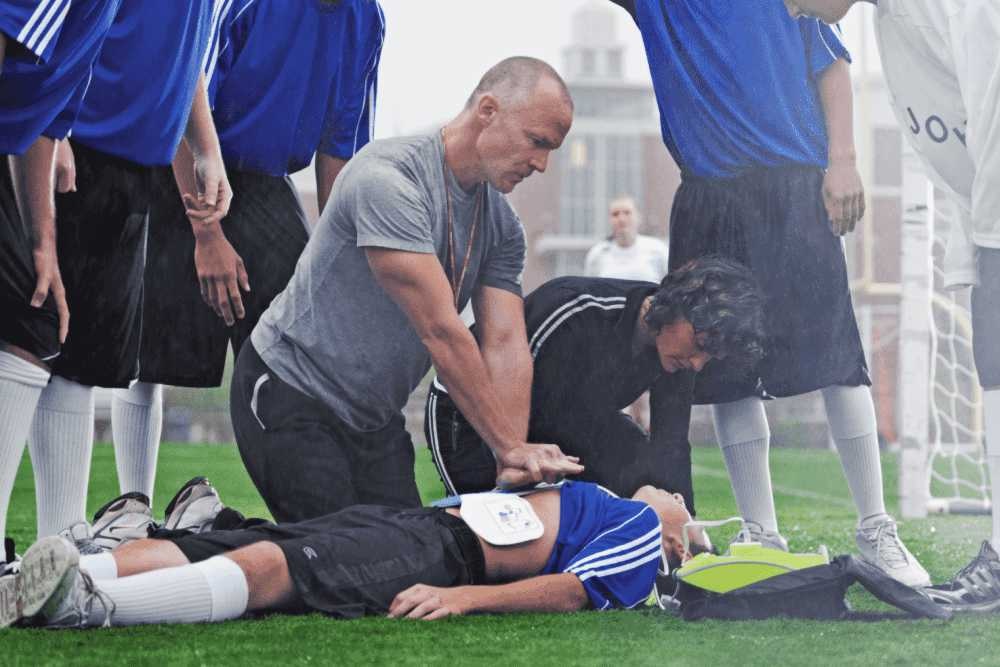
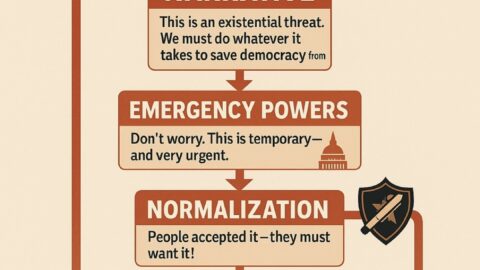

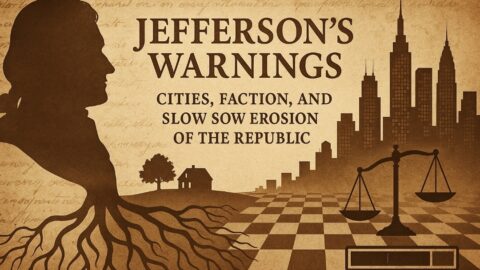
One Response
I find getting rid of smartphones and TV to have been a very positive and its mostly via removal of mass media access to the brains of my family. But I’m gotta be honest…that is just not viable for a lot (the majority?) of people. They are just not wired to be removed from “the hive” like that. That’s not a judgement statement; it’s just a matter of fact.
The implication is then that even if *we* chose to disengage from those propaganda flows it’s not effective to ignore them. Instead, we need to take them over for our own purposes and our own advantage. I’m only identifying as being a priority. Unfortunately, I don’t have any suggestion on how to do so. I will say that using the existing Internet-based media channels to ridicule established media *does**seem to be a pretty effective strategy in the short term.